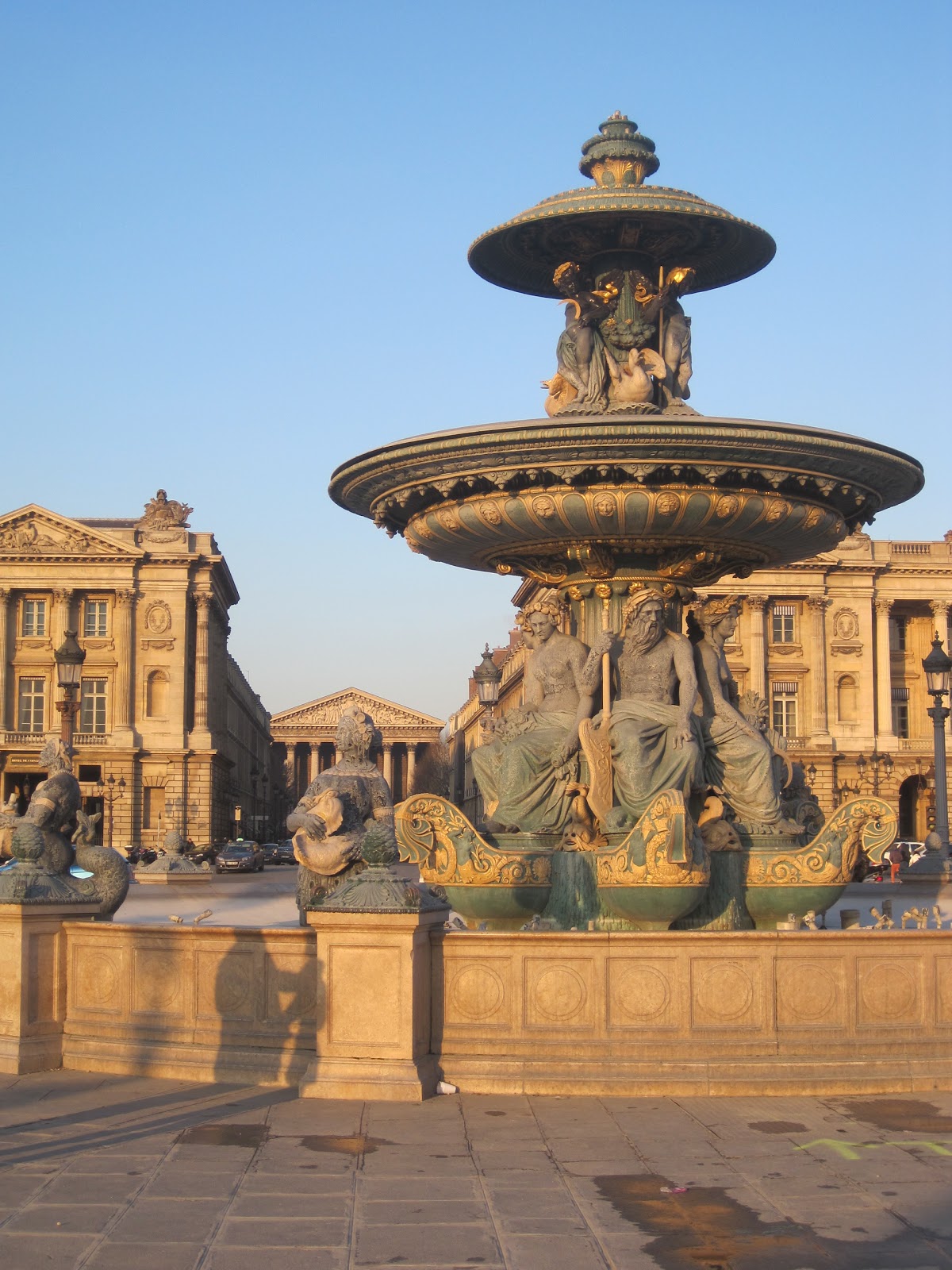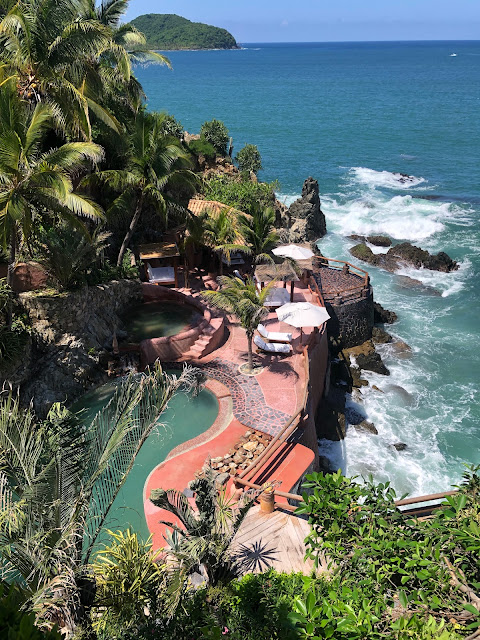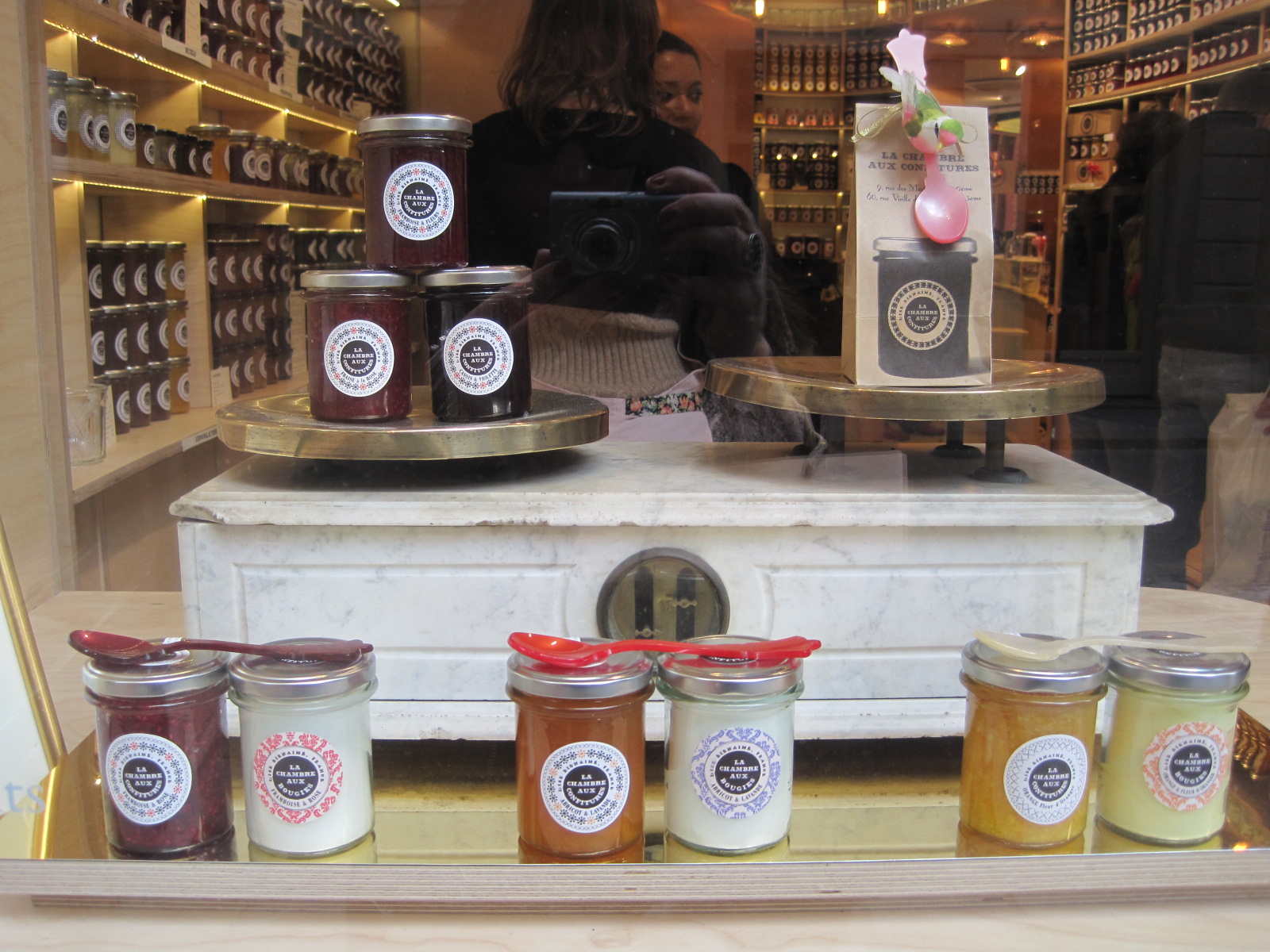Guesthouses & Camping in Sudan - Our Experience
In the previous post I reviewed the Italian run Tented Camp at Meroe and the boutique Nubian Guesthouse in Karima as well as hotels we recommend in Khartoum. However if you want to travel further north in Sudan you have to be flexible because there are more limited accommodation options. We talked to Waleed about it and essentially he said the opportunity to visit the Nubian heartland, in combination with Soleb and the other historic sites was well worth the time and effort. He was right.
Nubian Homestays
We spent our first night at a pleasant small hotel on the Nile outside of Dongola, the Sharis Bonis Resort which was basic but comfortable. After this we stayed in two simple but traditional Nubian family compounds; in Soleb and Tombus. Hopefully the photos below give you an idea of what to expect.
You'll get a good welcome and basic but clean private rooms (twin beds) with separate (sometimes private) showers and toilets - which you'll have to cross the courtyard to use. The travel agency provides the sheets, blankets, towels and pillows. You can expect squat toilets where you tip a small bucket of water after use. Here the shower room was on the right but the sink was outside as you can see on the left.
Hot water will be provided on request in a bucket. Waleed assured me that they can and have made additional accommodations for groups, including adding a temporary raised seat for the squat toilet.
It's worth noting that you'll find generators for electricity in the evenings so you can recharge your electronics, but you'll need a torch for any bathroom runs at night. These accommodations are perfectly adequate but they're simple and would work best for flexible, accommodating travelers. These are not destinations for those who require extensive creature comforts.
We spent our first night at a pleasant small hotel on the Nile outside of Dongola, the Sharis Bonis Resort which was basic but comfortable. After this we stayed in two simple but traditional Nubian family compounds; in Soleb and Tombus. Hopefully the photos below give you an idea of what to expect.
You'll get a good welcome and basic but clean private rooms (twin beds) with separate (sometimes private) showers and toilets - which you'll have to cross the courtyard to use. The travel agency provides the sheets, blankets, towels and pillows. You can expect squat toilets where you tip a small bucket of water after use. Here the shower room was on the right but the sink was outside as you can see on the left.
Hot water will be provided on request in a bucket. Waleed assured me that they can and have made additional accommodations for groups, including adding a temporary raised seat for the squat toilet.
It's worth noting that you'll find generators for electricity in the evenings so you can recharge your electronics, but you'll need a torch for any bathroom runs at night. These accommodations are perfectly adequate but they're simple and would work best for flexible, accommodating travelers. These are not destinations for those who require extensive creature comforts.
Camping in the Desert
At home in California I'm infamous for saying I will camp but turning down all offers - for even the most comfortable car camping. But in Sudan, Waleed persuaded us that we'd love a night in the desert and he was right. Well, how hard can camping be when you arrive with a 4x4, a driver, guide and cook? Lets be honest I wasn't exactly roughing it. Yes, it was camping in a small tent and no facilities in the middle of a desert, but someone else cooked the food and put the tent up for me, I'mnot sure that's quite what my friends were offering on at the weekend they mentioned at Pinnacles National Monument or Point Reyes!
We'd camped overnight in the desert once before on a camel trek in Morocco but we went in a group and while it feels wild you're very aware that it's a package they put on day in a day out. Once again, in Sudan the joy of the place is that you'll have things entirely to yourself and you are really off the beaten track. The desert landscape was fabulously varied throughout the trip but we loved the sand dunes where we camped at Kawa.
It was another destination where it was magical to walk out under the moonlight into the silent, unfamiliar landscape. We walked up and down the dunes, focusing on the different patterns the wind made in the sand, our feet sinking down with each step There were also extraordinary rock formations which were captivating and beautiful - it was a pleasure to be there!
Why go?
The whole point of heading further north is to see sites like the third cataract, the Egyptian temple at Soleb, friendly Nubian settlements and Kerma among many other historic locations. We saw lots of smaller sites I won't be blogging about so this seems like a good place to share a few photos. Here we are approaching Soleb from the Nile in the morning.
The Temple to Queen Tiye at Sedeinga (below) is the pair to her husband Amenhotep III's temple at Soleb. There was an active dig and we were able to talk to a friendly Sudanese archeologist who shared her perspective on the site. They had a small crane and we lifting an photographic the large stone pieces one by one to document the site. While there are certainly a lot of foreign archeologists working in Sudan it was great to see Sudanese archeologists and students working on the sites too.
Walking on the banks of the Nile as we waited for a small car ferry to take us across.
The views of the Nile was spectacular where ever we went...
The deserts were astonishingly varied and interesting too. We were surprised to see that often the desert went right up to the banks of the Nile.
We visited lots of smaller sites including temples, churches, rock quarries, fallen stelae and small villages but one of our favorites was the prehistoric rock art at Sebu dating to the Old Kingdom from 3100 BCE. Year ago I worked for an anthropologist in Namibia and we saw a lot of Rock rt but the density at this sight was overwhelming and of course because this is Sudan there was no-one there, no postcard sellers, no guard, no ticket booth. Just a dry river bed, incredible rock art, a lot of rocks and the wind.
Sudan has such riches and variety for visitors, most stick to the nexus of sites they can see around Karima and Meroe but I highly recommend you consider continuing to Soleb. If you're going to go all the way to Sudan why not take the time to see more of what the country has to offer? As I discussed in my first post it was cheaper to organize a bespoke itinerary for two of us though a local agent (Lendi Travel) than it was to travel with a British or American group. The group itineraries treat Soleb as an optional add-on. For me this seems far less desirable because it maximizes the distance driven and means that you move from the most comfortable accommodation at the beginning of the trip to ending at the basic guesthouses in the north. I'd always prefer to start with the simpler places and move on to the more comfortable accommodation at the end.
However you choose to go I'm certain you'll have an incredible time. Traveling in Sudan is a remarapkle experience and we loved our trip.





























Comments